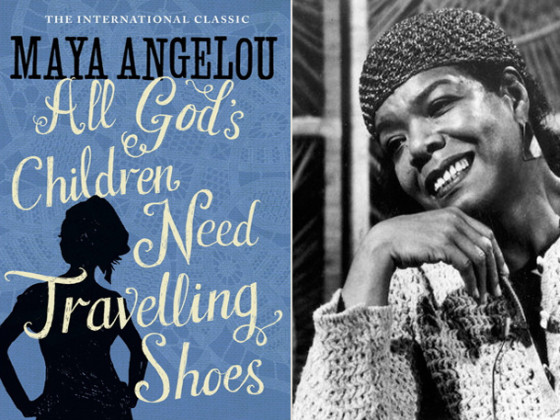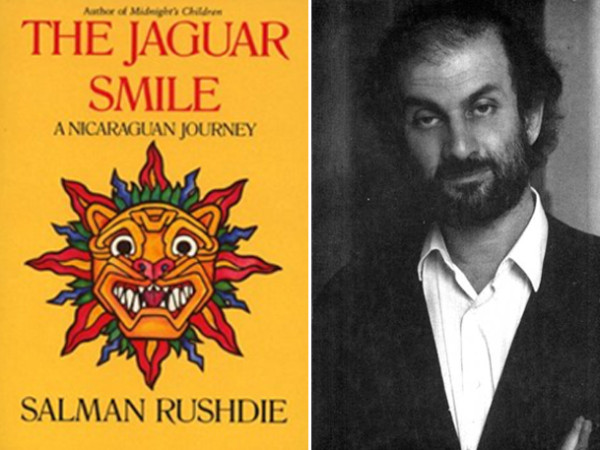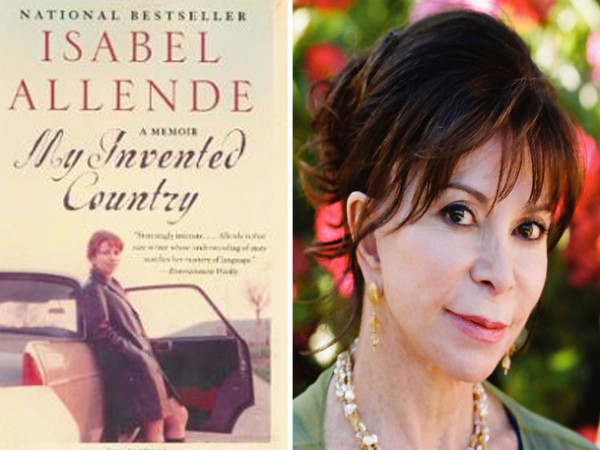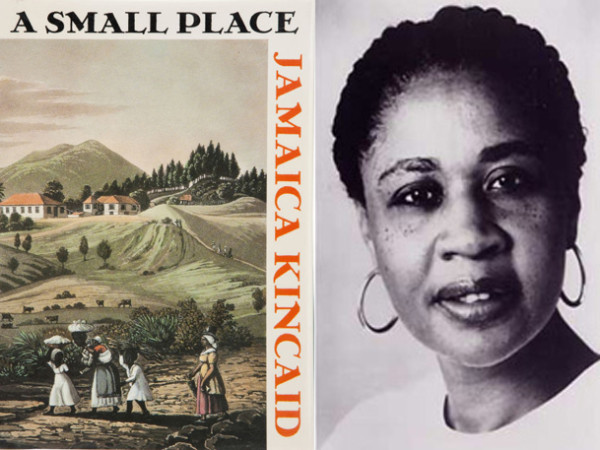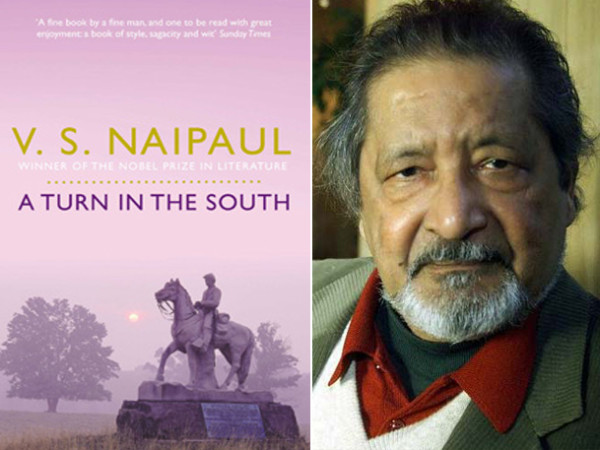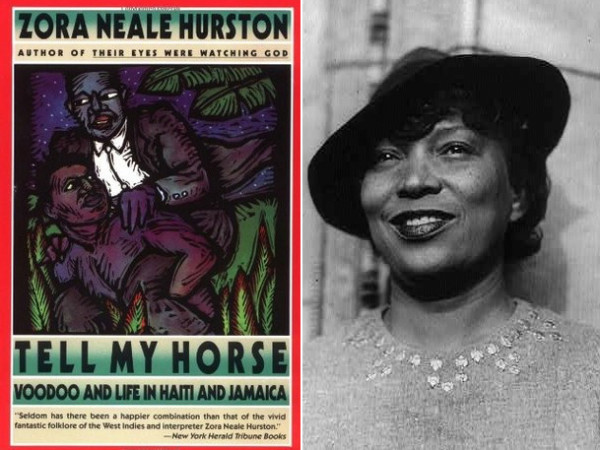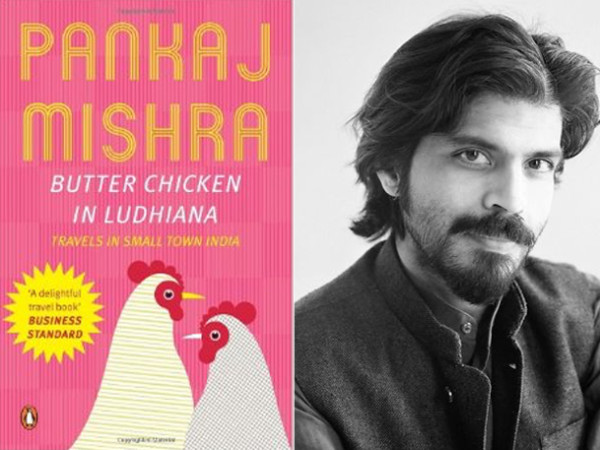1. All God’s Children Need Traveling Shoes by Maya Angelou
We were Black Americans in West Africa, where for the first time in our lives the color of our skin was accepted as correct and normal.
This is a story of an outsider in Ghana, but it’s so much more. It’s a political critique, a deeply personal memoir of a mother and son, Black identity, African identity. While Maya Angelou takes you to dark places, she never lets you forget a poet is leading the way, with sentences filled with emotion that cover the range of humanity, this is a wonderful introduction not just to Ghana, but our own worlds and identities. It builds on the narrative of I Know Why the Caged Bird Sings and Gather Together in My Name. Do yourself a favor, whether you’re planning on going to Ghana or not, read it.
